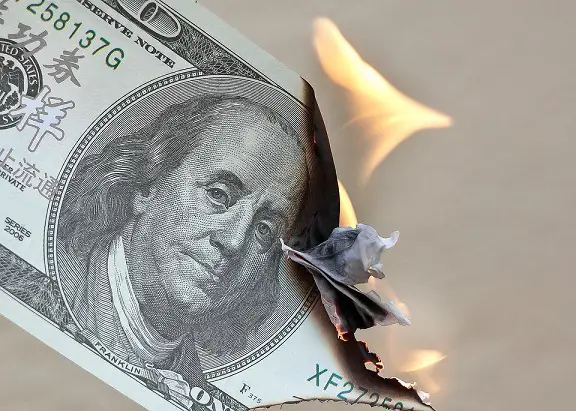According to a new analysis from Eurizon SLJ Capital, the US dollar may lose as much as 15% of its value against major world currencies in the next 18 months, as inflation begins to cool and the US Federal Reserve begins to loosen the reins on its aggressive monetary policy stance.
In a research note released Tuesday, the firm’s CEO, Stephen Jen, said the US Federal Reserve has probably reached, or slightly passed, its peak level of hawkishness, and that could mean that there may soon be cuts to the regulator’s key rate forthcoming.
In the note, he points out that between the central bank’s nine prior rate hikes, and the tightening of credit conditions caused by the US banking crisis, there are indications that inflation is already decreasing, and a loosening of monetary policy may become necessary to prevent a harder landing than intended.
In the note, Jen wrote, “We expect US inflation to continue to decline at roughly the same pace as it rose in 2021 and the first half of 2022: historically, there has been scant evidence of downside stickiness in inflation, even if there is evidence of downside price and wage level stickiness.”
He went on, “The already subdued level of economic activity in major parts of the world will, ironically, likely prevent global demand from collapsing,” however that would point toward a significantly weaker US currency.
He points out that a measure of the dollar’s position against a basket of rival currencies, the US Dollar Index, has fallen 2.46% over the last four weeks, following a 7.9% gain in 2022.
He concludes that over the next 18 months, the dollar “is vulnerable to substantial (10-15%) depreciation.”
Stephen Jen made a name for himself by inventing the so-called “dollar smile” theory, which states that the US dollar gets stronger both, when the economy grows stronger, or weakens, but that it looses value when conditions stagnate.
The note concluded, “The key point to make here is that, consistent with our Dollar Smile framework, fading inflation with a soft landing should push the dollar into the deep trough of the Dollar Smile,” adding, “this could mean 10% generalized dollar depreciation this year, and more next year.”

